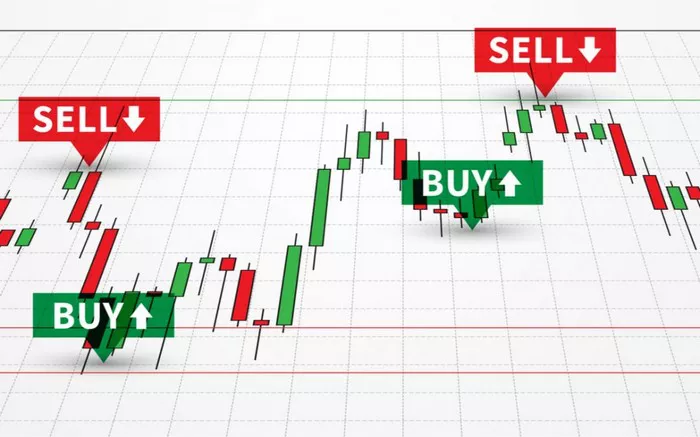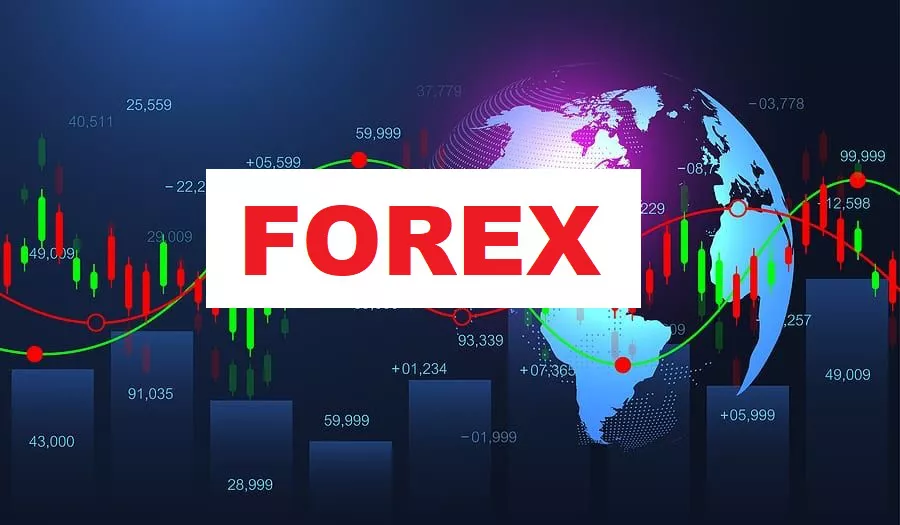Index funds have gained immense popularity in recent years due to their simplicity, low costs, and effectiveness in tracking the performance of a specific market index. However, for those new to investing, understanding how index funds are priced can be a bit perplexing. This article will demystify the pricing mechanism of index funds, offering a clear, professional, and objective explanation. By the end of this piece, you’ll have a solid grasp of how these funds are valued and why they could be a suitable choice for your investment portfolio.
What Is an Index Fund?
Before diving into the pricing mechanism, it’s essential to understand what an index fund is.
Definition of Index Funds
An index fund is a type of mutual fund or exchange-traded fund (ETF) designed to replicate the performance of a specific market index, such as the S&P 500, the NASDAQ Composite, or the Dow Jones Industrial Average. Rather than relying on active management, where a fund manager picks and chooses stocks, an index fund passively tracks an index by holding the same or a representative sample of the securities in that index.
Types of Index Funds
There are various types of index funds, including:
Market-Cap Weighted Index Funds: These funds weight their holdings based on the market capitalization of the companies within the index. The larger the company, the more weight it carries in the index.
Equal-Weighted Index Funds: These funds give equal weight to each stock within the index, regardless of the company’s size.
Bond Index Funds: These funds track a bond index, which can be based on corporate bonds, government bonds, or a mix of both.
Understanding these different types is crucial as they impact how the fund’s price is determined.
How Index Funds Are Priced
Net Asset Value (NAV) Calculation
The price of an index fund is primarily determined by its Net Asset Value (NAV). The NAV is the per-share value of the fund and is calculated daily at the close of the market.
Formula for NAV
The NAV is computed using the following formula:
NAV = (Total Value of All Assets in the Fund – Total Liabilities) / Number of Outstanding Shares
Total Value of All Assets: This includes the market value of all the securities held by the fund.
Total Liabilities: These are any debts or obligations the fund owes, such as management fees and administrative costs.
Number of Outstanding Shares: This refers to the total number of shares that investors hold in the fund.
Example of NAV Calculation
Let’s assume an index fund holds assets worth $500 million and has liabilities of $5 million. If there are 50 million shares outstanding, the NAV would be:
NAV = ($500 million – $5 million) / 50 million shares = $9.90 per share
This NAV represents the price at which you can buy or sell shares of the index fund.
See Also: 7 Reasons People Choose Mutual Funds
Intraday Pricing for ETFs
While mutual fund index funds calculate their NAV once at the end of each trading day, ETFs, a type of index fund, are priced differently. ETFs trade on stock exchanges throughout the day, and their prices fluctuate based on supply and demand, just like individual stocks.
Market Price vs. NAV
The market price of an ETF can differ slightly from its NAV due to real-time market demand and supply. However, this discrepancy is typically minimal due to the process of arbitrage, where institutional investors buy or sell ETF shares to bring the market price in line with the NAV.
Premiums and Discounts
Occasionally, ETFs may trade at a premium or a discount to their NAV.
Premium: This occurs when the market price of an ETF is higher than its NAV. It usually happens when there’s high demand for the ETF.
Discount: This occurs when the market price is lower than its NAV, typically when there’s less demand.
Both scenarios offer opportunities for investors, but they also come with risks that must be carefully considered.
Factors Influencing Index Fund Pricing
Market Movements
The value of an index fund’s assets is directly influenced by the performance of the securities in the underlying index. If the stock prices in the index rise, the NAV of the index fund will increase. Conversely, if the stock prices fall, the NAV will decrease.
Dividend Distributions
Dividends paid by the companies in the index contribute to the fund’s NAV. When dividends are paid out, they are usually reinvested in the fund, which increases the NAV. However, when the fund distributes these dividends to investors, the NAV decreases by the amount of the distribution.
Expense Ratios
Expense ratios, or the costs associated with managing the fund, are deducted from the fund’s assets. A higher expense ratio can erode the NAV over time, reducing the fund’s overall performance.
Rebalancing Costs
Index funds periodically rebalance their portfolios to match the index they track. This process can incur transaction costs, which may slightly reduce the NAV.
Creation and Redemption Mechanism (For ETFs)
ETFs have a unique creation and redemption mechanism where large blocks of ETF shares, known as “creation units,” are exchanged between the ETF and institutional investors. This mechanism helps maintain the ETF’s market price close to its NAV and provides liquidity.
The Impact of Tracking Error
Definition of Tracking Error
Tracking error is the difference between the performance of the index fund and the performance of its underlying index. Ideally, an index fund should perfectly mirror the performance of its index, but this isn’t always possible due to various factors.
Causes of Tracking Error
Management Fees: The expense ratio of the fund can cause a slight underperformance relative to the index.
Cash Holdings: Index funds might hold a small amount of cash for liquidity purposes, which can lead to a deviation from the index performance.
Sampling: If an index fund uses a sampling strategy rather than full replication (holding all securities in the index), this can lead to tracking error.
Minimizing Tracking Error
While tracking error is inevitable, choosing an index fund with a low expense ratio and one that uses a full replication strategy can help minimize it. Investors should also be aware of the fund’s historical tracking error when making investment decisions.
Why Understanding Index Fund Pricing Matters
Investment Decisions
Knowing how index funds are priced helps investors make informed decisions about when to buy or sell shares. Understanding NAV and how it’s calculated ensures that investors are aware of what they’re paying for and can avoid overpaying for a fund.
Comparing Index Funds
Understanding pricing also allows investors to compare different index funds that track the same index. By evaluating factors like NAV, expense ratios, and tracking error, investors can select the fund that best meets their financial goals.
Long-Term Strategy
For long-term investors, understanding how index funds are priced is crucial for building a diversified portfolio that aligns with their risk tolerance and investment objectives. It also helps in rebalancing their portfolio over time.
Conclusion
Index funds are a powerful tool for investors looking to achieve broad market exposure at a low cost. By understanding how these funds are priced—through the calculation of NAV, the influence of market movements, dividends, expense ratios, and the impact of tracking error—investors can make more informed decisions that align with their financial goals. Whether you’re a novice or seasoned investor, the knowledge of index fund pricing is essential in navigating the investment landscape effectively.
Investing in index funds can be a straightforward and rewarding strategy, but like any investment, it requires a clear understanding of the underlying mechanisms that determine their value. Armed with this knowledge, you can confidently include index funds in your portfolio and enjoy the benefits they offer.
Related topics:































